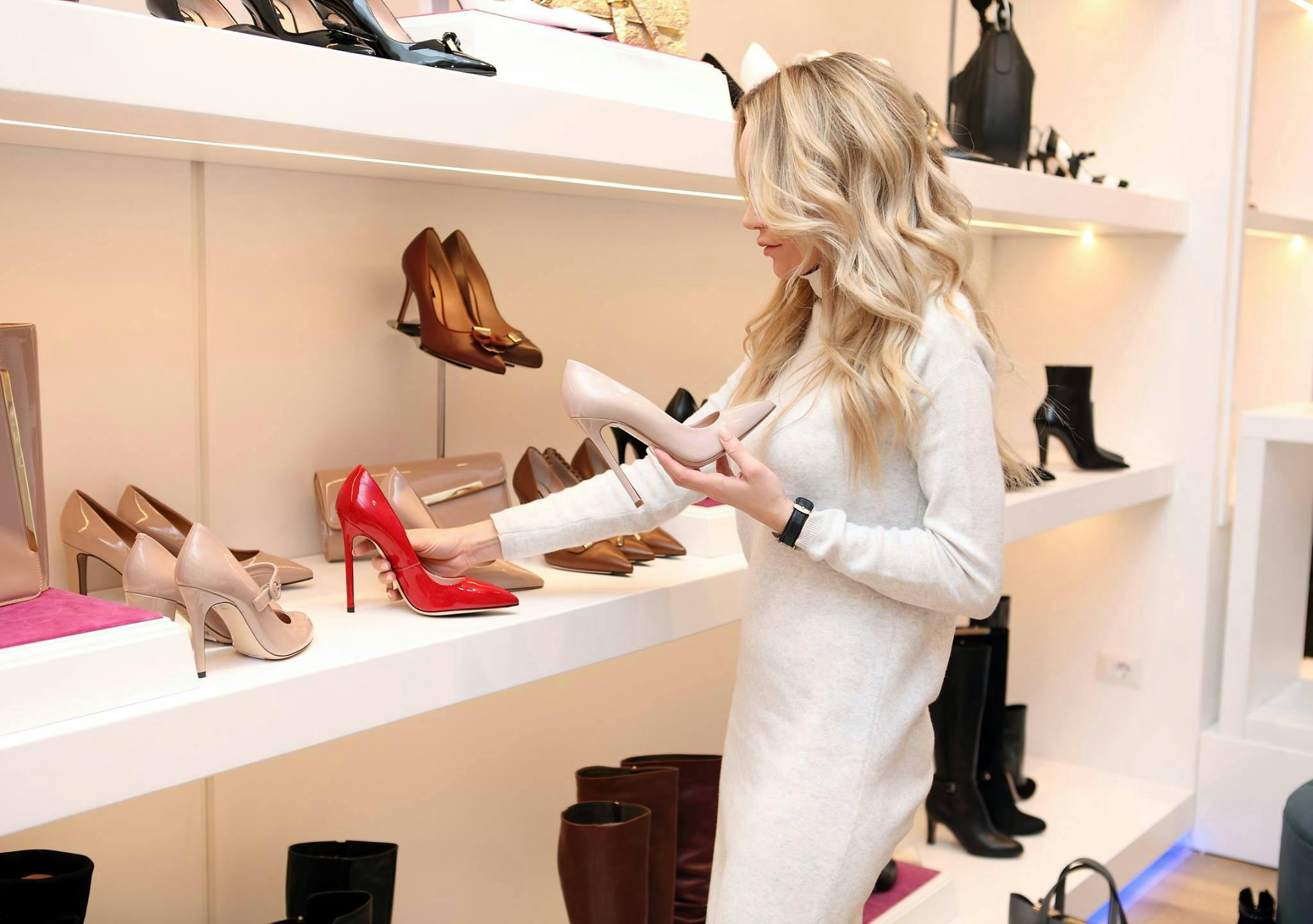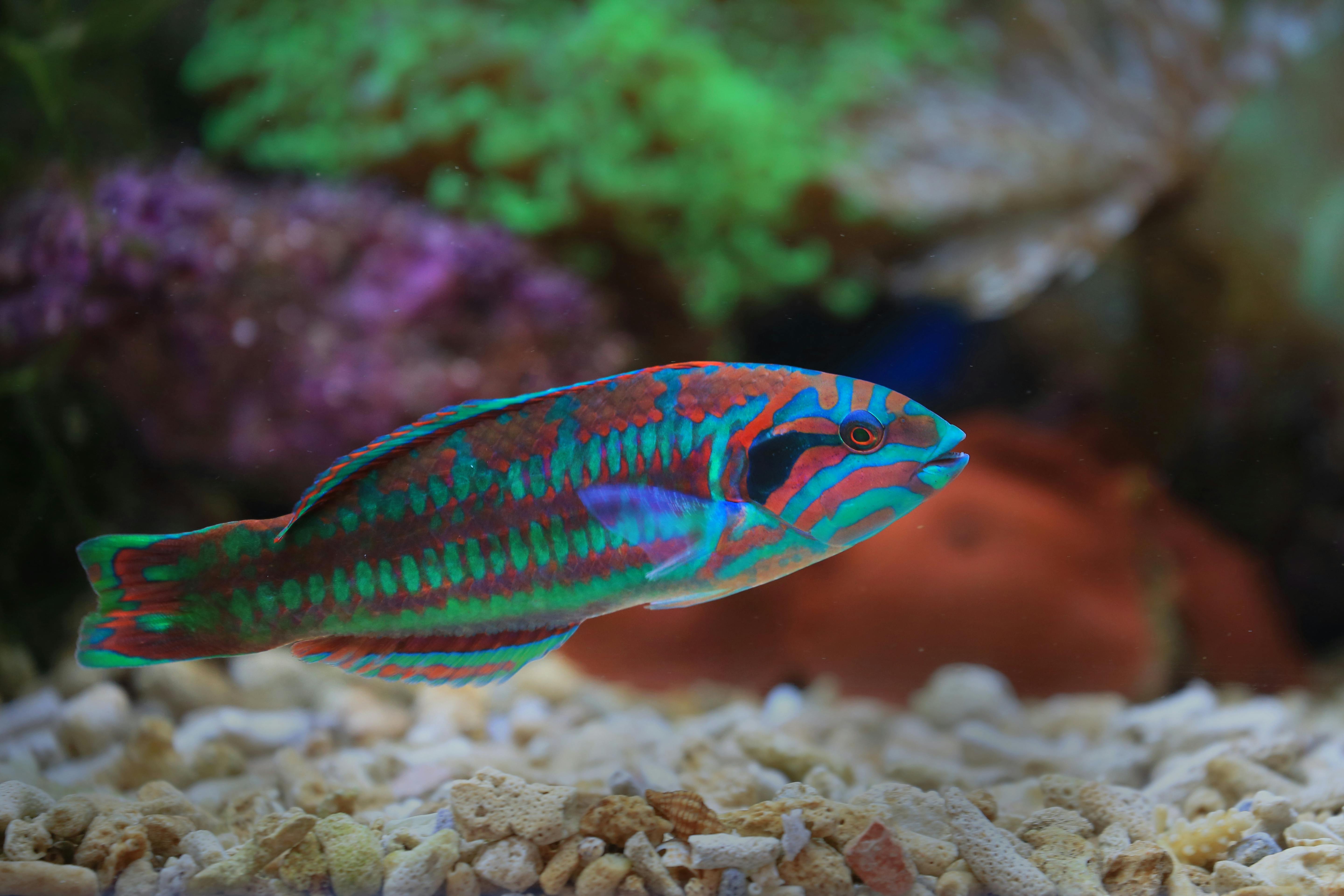
Smart Ways to Create an Effective Indoor Rabbit Enclosure in 2025
Creating an effective indoor rabbit enclosure is essential for providing a safe, comfortable, and stimulating environment for your beloved pet. With the trend of keeping rabbits indoors on the rise, understanding how to design an ideal indoor rabbit habitat in 2025 can significantly enhance your bunny's quality of life. Many factors come into play, including space requirements, safety measures, and enrichment options. This guide will cover smart ways to set up your indoor rabbit enclosure, ensuring your furry friend enjoys a happy and healthy lifestyle.
The benefits of an indoor rabbit enclosure are numerous: it protects your rabbit from predators, allows for better health monitoring, and enhances social interaction with family members. Moreover, creating a cozy space while incorporating various elements like play areas, nesting zones, and exercise opportunities is paramount. Let's delve into the key aspects of building an effective indoor rabbit enclosure for the ultimate bunny experience.
As we proceed, we'll explore essential elements for design, rabbit care essentials, and safety measures, as well as providing enrichment ideas to keep your pet entertained. You'll learn how to tailor these features to accommodate your indoor rabbit's specific needs.
In the following sections, you'll discover tips for optimizing your indoor rabbit space, creating multi-level structures, and integrating rabbit-friendly furniture. Keep reading to unlock the secrets of making your rabbit's indoor habitat both functional and fun.
Essential Design Elements for Indoor Rabbit Enclosures
Building the optimal indoor rabbit enclosure starts with understanding the essential design elements necessary for your pet's well-being. A well-designed rabbit hutch or cage should provide ample space for your bunny to hop around, play, and rest comfortably. Here are some critical factors to consider while designing your indoor bunny habitat.
Space Requirements for Indoor Rabbits
Indoor rabbits need a sufficient amount of space to thrive. Aim for at least 12 square feet of living space within the enclosure. If possible, providing additional areas for exercise and play, such as a designated rabbit play area or indoor bunny pen, is ideal. Additionally, multi-level rabbit hutches can maximize vertical space, allowing for exploration while promoting exercise.
Creating a Rabbit Play Area
A designated rabbit play area is crucial for allowing your bunny to stretch its legs and engage in physical activities. Consider incorporating tunnels, ramps, and platforms to encourage climbing and jumping. Rabbit access tunnels can connect different areas of the enclosure, creating a fun exploration zone. Ensure the area is bunny-proofed with safe materials and devoid of hazards.
Rabbit Litter Box and Hygiene
Maintaining hygiene is essential for indoor rabbits, so having a dedicated rabbit litter box in the enclosure is crucial. Choose a litter box that is easily accessible but discreet enough for your pet's privacy. Use safe, absorbent bedding that is easy to clean, such as paper-based litter or grass hay, to keep your rabbit's environment clean and odor-free.
Incorporating Comfort and Safety in Your Indoor Rabbit Setup
Once you have the basic enclosure established, the next step is to focus on comfort and safety for your indoor rabbit. This includes selecting appropriate accessories and ensuring the environment is secure, stimulating, and nurturing.
Choosing Rabbit-Friendly Furniture
Selecting furniture and accessories that cater to your rabbit's needs is essential for creating a cozy indoor bunny habitat. Consider adding rabbit-friendly furniture such as low tables, shelves, or safe pet play structures that allow your rabbit to explore and lounge. Ensure all furniture is made from non-toxic materials, providing a safe environment while avoiding any risks of chewing or ingesting harmful substances.
Ideal Rabbit Nesting Area
A nesting area is vital for your rabbit's comfort and security. You can create a cozy spot using soft bedding materials, such as hay or soft blankets, for your rabbit to burrow into. This space should be quiet and provide your bunny with a sense of safety and privacy. Rabbits often seek refuge in their nesting area, making it an essential part of their indoor habitat.
Rabbit Feeding Station and Water Supply
Establishing a designated rabbit feeding station complete with a rabbit food dish and rabbit water bottle is fundamental for ensuring your pet stays nourished and hydrated. Choose heavy, non-tip dishes that are easy to clean. Always provide fresh hay, specially formulated rabbit food, and fresh water to meet your rabbit's dietary needs. Regularly monitor their consumption to maintain optimal health.
Enhancing Your Indoor Rabbit Habitat with Enrichment Ideas
To keep your indoor bunny engaged and mentally stimulated, incorporating enrichment activities is key. These ideas will help you transform your rabbit enclosure into a dynamic and exciting space.
Interactive Rabbit Toys
Providing your rabbit with interactive toys is a fantastic way to keep them entertained. Look for chew toys, treat-dispensing puzzles, and tunnels that encourage exploration and play. Rotating their toys regularly will keep their environment fresh and exciting, preventing boredom and stimulating mental activity.
Rabbit Socialization Techniques
Socialization is essential for indoor rabbits, as they thrive on interaction with their human companions and other pets. Incorporating structured playtime with family members can foster bonding and improve your rabbit's well-being. Be patient and allow time for gradual introductions if your rabbit is interacting with other pets in the household.
Rabbit Enrichment Supplies
Investing in a variety of rabbit enrichment supplies can enhance your pet's quality of life. Safe materials for rabbits can be used to create DIY toys or play structures. Cardboard boxes, untreated wood, and paper bags can be designed into engaging activities that promote natural rabbit behaviors. Incorporate these supplies to create stimulating situations for your bunny.
Indoor Rabbit Care Essentials: Health and Hygiene
Once your indoor rabbit enclosure is set up with comfort and enrichment, maintaining your rabbit's health and hygiene becomes paramount. Find out how to ensure your pet stays happy and healthy with the right care essentials.
Regular Rabbit Grooming
Indoor rabbits require regular grooming to maintain their coat health and hygiene. Brush your rabbit weekly to remove loose fur and prevent matting. Depending on the breed and coat type, you may need to adjust grooming frequency. Regular grooming sessions also provide an opportunity to bond with your pet and monitor their health.
Essential Rabbit Health Care Practices
Routine health care is crucial for indoor rabbits. Schedule regular veterinary check-ups and stay updated on vaccinations and preventive care. Familiarize yourself with common rabbit diseases, health tips, and signs of illness to ensure early detection and treatment. Involving a knowledgeable rabbit handler at your vet can enhance your pet's care experience.
Creating a Cleaning Routine for Your Rabbit Habitat
Implementing an effective cleaning routine is vital in providing a healthy living environment for your rabbit. Clean the litter box frequently, change bedding regularly, and wipe down surfaces to minimize bacteria and odors. Use rabbit cleaning solutions that are safe and effective, ensuring you maintain hygiene and comfort in your indoor rabbit enclosure.
Rabbit Bonding Time and Playtime Activities
Bonding with your rabbit through dedicated time and engaging activities enhances their social skills while solidifying the relationship between you and your pet. Explore the various ways to strengthen your bond through playtime and interaction.
Understanding Rabbit Behavior During Playtime
Understanding rabbit behavior during playtime is essential to enhance their enjoyment and make the most of bonding moments. Observe your rabbit's preferences, as some may prefer exploratory activities while others enjoy gentle play. Tailor your interactions to your rabbit's personality to promote confidence and trust.
Rabbit Playtime Supplies to Consider
When planning playtime, consider incorporating various toys and supplies to keep your rabbit engaged. Soft ball toys, tunnels, and climbing structures can be excellent additions that cater to your rabbit's curiosity and natural instincts. Ensure all materials are non-toxic and safe for chewing and play.
Integrating Indoor Rabbit Training Techniques
Integrating training techniques during playtime can foster positive behaviors and enhance your rabbit's ability to interact with you and others. Teach your rabbit basic commands, litter training, and tricks using positive reinforcement methods. Providing small treats during training sessions can motivate your bunny and make learning enjoyable.
Conclusion: Creating the Perfect Environment for Indoor Rabbits
Establishing an effective indoor rabbit enclosure is fundamentally about understanding your pet's unique needs, providing them with a safe, engaging, and comfortable environment. Incorporating vital design elements, prioritizing health and hygiene, and promoting bonding through playtime will significantly enhance your rabbit's quality of life. As you create your indoor bunny habitat, always remember that your rabbit's happiness and well-being depend on careful attention to their environment and ongoing care.
For more insights and ideas, explore rabbit care essentials, and make the most of your bond with your indoor companion in 2025 and beyond.

